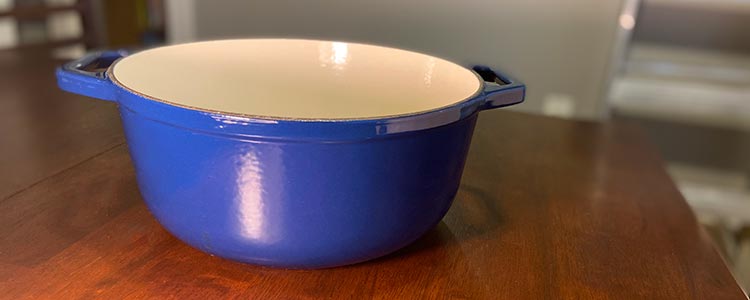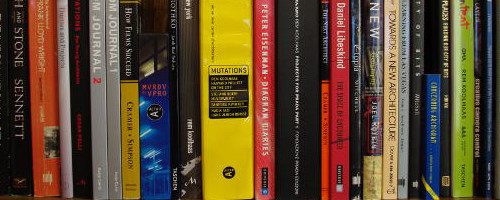Metal coatings are used to prevent ferrous metals from corroding and also to improve the appearance of all metals. Each type of coating accomplishes a different goal and has its own appearance.
For more information on how metals corrode, check out our article about galvanic action.
Anodizing
While anodizing is most common with aluminum, it can also be used on other metals such as titanium and zinc. However, ferrous metals cannot be anodized because the iron oxide, or rust, flakes off, which causes the anodized layer to also flake off. When aluminum is exposed to oxygen, a layer of aluminum oxide is formed on the surface of the metal. Anodizing effectively increases the thickness of this aluminum oxide layer, which makes it more resistant to corrosion. To further increase the durability and corrosion resistance, a clear sealant can be used. The anodizing process also provides better adhesion for paints and other finishes. Finally, the anodized aluminum can be dyed prior to sealing to provide a colored aluminum.
Many consumer products have anodized aluminum coatings, including computers and tablets. The photo below shows a gray anodized finish on an iPad.

Galvanizing
Galvanizing is a process by which a layer of zinc is applied to a ferrous metal to prevent corrosion. The process most-commonly refers to hot-dip galvanizing, where a piece of steel is dipped into a bath of molten zinc. The zinc adheres to the steel and immediately reacts with oxygen in the air to form a very strong zinc oxide layer, which prevents corrosion of the steel below. The zinc and steel form a metallurgical bond so the coating will not flake off. The finish is a dull gray and has a crystalline appearance. The galvanized steel can be painted to achieve a specific color. When galvanized metal is welded, the weld and exposed steel must be coated with a special zinc paint to prevent the joint from rusting since the galvanized coating has been removed.

Electroplating
Electric current is used to adhere a solution of (generally) cadmium and chromium to a metal. Nickel plating is a form of electroplating. One problem with electroplating is that it is difficult to achieve a uniform thickness on a piece. The plating resists corrosion and provides a pleasing appearance.
Powder Coatings
A dry powder is electrostatically applied to a metal part. The part is then cured under heat of about 200 degrees Fahrenheit, which produces a very consistent and pleasing appearance. Powder coatings are generally more environmentally friendly than paints since solvents are not require. Powder coatings come in an unlimited range of colors. Most commercial metal furniture is powder coated since it provides a more durable surface than paint. Powder coatings can also be applied to wood as long as the moisture content is high enough to provide an electrostatic charge.
Porcelain Enamel Coatings
Most commonly seen in cast-iron cookware, enamel coatings provide a smooth and consistent coating that is resistant to stains and scratches. The coating also prevents corrosion. Since they are resistant to stains, enamel coatings provide easy cleaning for surfaces prone to graffiti. Porcelain enamels are used most often on toilet-room partitions.



